AprilList of articles - click on the icons below and you will be redirected to the page where the article is published.
0 Comments
by Rev. Reingard Knausenberge Each month one of these world views will be expanded. Psychism In pre-Christian times, in the highly developed cultures of Egypt, Greece and far earlier cultures of antiquity, the leaders and initiators were those who were able to connect with higher Spirits in their soul. Thoughts and feelings were not experienced as subjective and personal productions, but rather as living Beings; powerful Spirit Beings – Angels, Archangels, and Archai.
Archai could permeate a human soul and body, inspire and speak through them. Great cultures were founded and guided like this. It was a time when the human being was not free, did not yet experience being an individual, separate from the whole community. What came about was therefore in complete harmony with the greater Cosmic Order and human beings were also imbedded in this cosmic order. Today, we cannot have this kind of experience because of the Deed of Christ. It has changed everything. Now we experience ourselves as autonomous individuals and have freedom and cognisance. Now it is our task to reach out and “Up” to and learn to work together with the Angels, Archangels and Archai. This requires self-reflection and self development. In as much as this is the direction of spiritual unfolding, we are Psychists. There is a descriptive direction in psychism which leads to observing and witnessing of the deeper layers of the unconscious Self where heredity and universal archetypes is met. Then there is a dynamic direction which leads to “over-consciousness” and requires active deeds of self discipline and conscious transformation. This source of “Self”, our “I” - our core being, is eternal and indestructible. It is “of God”. Though it is embedded in the garment of the soul and body, we can work at becoming aware of this Higher aspect step by step. It is accompanied by processes of “dying and overcoming”. It is a slow painful process of active practice which transforms our whole constitution. Every effort in this direction progressively strengthens our complete soul structure, which means, the quality and nature of our “I”. It will lead to the awakening experience which St. Paul describes as “I am, yet not this “I” but the “I am” in me. The individual “I” is then in harmony with the Being of Cosmic Order. Striving towards a new unity with the hierarchies in the world of Spirit, we human beings can work together to form, inspire and create a truly new culture. That is why we are here together on earth now. In the gospel passages of the Transfiguration (Matthew 17, Mark 9 and Luke 9) Peter offers to pitch three tent canopies (booths, shelters), one for Moses (the law giver), one for Elijah (the prophet) and one for Jesus (the master and Bearer of the Christ). Peter is moved to do this as a consequence of the vision of Jesus, transfigured in bright, brilliant, radiating white light while in a communial conversation with Moses and Elijah. Peter is drawing from a Hebrew tradition (a festival still celebrated by Jews to this day, Sukkot) and to the idea that this vision heralds an ‘end time’, a permanent establishment upon the earth which could call for a tent to be pitched and never taken down, a sukkot feast to end all feasts, so to speak. In his prologue to the gospel, John expresses the concept of the Word (Logos) becoming flesh and dwelling amongst us literally as, “The Word became flesh and pitched his dwelling tent amongst us”. The divine Logos (the Word) came to dwell on earth, pitching his tent here, so to say. This idea of pitching a tent as an expression for the earth as our home, allows us to see the earth as a wonderful, albeit temporary, dwelling place. Our life as human beings is not limited to the time on earth between birth and death. As much as this earthly life is representative of being ‘home’, this earth is our home, we are also only passing through, pitching our dwelling tent for a time, not building a permanent structure. Our true home is in God (in the divine existence). Our picture of our full humanity needs to recognise the seeds of our future spiritual development as present in us and in a process of development. We need to realise that our life is both pre-existent and post-existent (before our birth, and after our earthly death). What is our full picture of life and being human?
After the event of the Transfiguration, Jesus returns to the crowd and encounters the man whose son is moon-struck, a lunatic, and hence not in his reason. The young man is literally beside himself (and hence, out of balance), falling into the fire and into the water. Could these be metaphors for our desire to find initiation paths, the path of purification (in the cleansing fire or the cleansing water)? If we hold a true picture of the human being (with the in-dwelling of the Christ), then we can know that it is this relationship to Christ that makes it possible for us to experience a new path of initiation. He is our cleansing internal fire, the pure cleansing water of life. We are initiated into our fuller selves ‘in Christ’. Rudolf Steiner reflected that the earth was created for the human being to learn the lesson of Love. Our new path of development in love is the path of Christ, who is the teacher of the love of humankind. by John-Peter Gernaat
This talk speaks to one of the cornerstones of Christianity: that of the Oneness revealed in the Trinity – that the Creator is a Father and has a Son. It is of note that when we turn to the Gospels the Son is spoken of before there is mention of the Father. Mark is the oldest Gospel (and some consider that he and the other synoptic Gospel writers may have used a single older source). Mark’s Gospel begins with the Baptism. This provides clear insight into the importance this event held for early Christians. The Baptism marked the beginning of the Christian story. [It is important to note that the eucharistic meal, which is the evolution of the Passover meal with the Mystery of Resurrection, forms the heart of Christianity.] It was important that the event of the Baptism was witnessed. It was John the Baptist who perceived the opening of the heavens and the Spirit descending like a dove. He heard the words: “You are my beloved Son, in whom I am revealed”. The Son is spoken of before we hear any reference to the Father. The Act of Consecration of Man, other than the blessing, begins by speaking of the Divine in terms that do not specifically imply a Father - Son relationship: “Divine Ground of the world…”; “to you, O Ground of the World…”. There is no splitting of the Trinity, rather speaking to the oneness of the Godhead only. Later we hear: “O Father God…” It is only the New Testament that provides insight into the Trinity and we arrive at the heart of the Trinity in the Baptism event. The synoptic Gospels describe the Baptism while John’s Gospel does not, it describes the consequences of the Baptism. The synoptic Gospels all use the same word and one of the synoptic Gospels uses the same word when describing the Transfiguration. This word is Eu-do-keo (transliterally). In describing the Transfiguration Luke uses the words eklegomai. Jon Madsen, in his translation of Emil Bock’s translation, renders this word as ‘Chosen One’. Both these words are an expression of the same reality. Eklegomai literally means “in whom I conclude out of myself” where the words ‘out of’ are key. Alternatively: “out of myself this is what I have concluded”. This tells us that the Son is not chosen from among the Father’s creation or creatures, but out of himself. The Christ principle comes out of the Father. The word Eu-do-keo is often simplified to “in whom I am revealed”. Within this word is the word for ‘well’ (as in ‘fare thee well’) or ‘wellness’ which also carries the intention to experience these richly or fully. One alternative rendition which could assist our deeper understanding would be “in the full or rich wellness of the Father the Son is revealed”. But there is also the intention in the word that this has to do with our thinking ability to discern. Therefore, this word also has the intention to say: “in whom my discernment will prosper” or “in whom my personal judgement will fare well”. From all of this we know that at the heart there is a relation of Father to Son. Humanity had the privilege of getting to know the Son, and through His words and actions the Divine is revealed. We can come to know the Father more fully than we could before Christ was incarnated. In the relationship of the Father to the Son the Spirit comes into being. The Spirit exists between the Father and Son. (Reingard often says that in the spiritual world 1 + 1 = 3; a third principle always comes into existence in the relationship between two spiritual beings.) Through coming to understand the Son, we can come to more fully understand the Father and only then can we come to understand or experience the Spirit. In the Gospel of John we can learn more about the relationship of the Son to the Father in all that is said at the Last Supper. It adds to the understanding we can arrive at through the Old Testament. To repeat the relationship: “in whom I am fully expressed”, “in whom I am well revealed”, “in whom my discernment will prosper”. The epistle that is read in the Act of Consecration of Man during Trinity also aids our understanding of the fullness of God. The Creed of The Christian Community also guides us to an understanding of the Trinity. The first statement is not necessarily Christian, it describes only the Father as an almighty Divine Being. However, the description of this Being as being spiritual physical is a very new idea. That He is the ground of existence is common to all religions. That He goes before his creatures like a Father is a potent image of how a father leads a child before the child follows its own path through life. It is a different image to the way a mother leads. The image is therefore not intended to give a gender to the Father but rather to describe the relationship of the Father to his created creatures. We follow the Father to become whom we are intended to be. The second statement describes the Son as being “born in eternity” to this Divine Being – the Father. A picture is given in Kabbalistic teaching of God withdrawing into Himself in order that creation could come into being. In the act of creating the Son principle comes into cognition. We know that we are made in the image of the Divine. We also know that we are in process. It therefore is clear that the Divine is also in process. Also, we understand relationships because the Divine is in relationship. In the Creed the first seven statements are from the past. Statement eight begins: “Since that time…”. There is a change in direction to the present and the future. Since the Resurrection, the Son fulfils the work of the Father. The Son is fully revealing the Father, where fully also means richly fulfilled. In the Transfiguration we come to a new understanding of the Godhead and that we can have a relationship to the Father. “Christ comes out of me and in the Son I am fully understood / revealed / discerned.” “I am Father. I have created and this brought Son into Being and between us is a relationship which can be experienced as Spirit.” In Greek the word Doxa is used to capture the essence of a Hebrew concept of the ‘fulness of revelation’ that is translated as ‘glory’. This is the heart of the statement we hear in the Act of Consecration: “what You have received from the Father and made whole through the Spirit in all cycles of time”. This speaks to a relationship and to the understanding that since the Resurrection the Son reveals the fullness of the Father. The way of grasping the concept of Father is through a relationship to the Son and then we can understand the Spirit. Then we find ourselves in the relationship between Father and Son. by Rev. Reingard Knausenberger (This talk was given on Sunday, 15th March.) The Sacrament of Baptism as it is practiced in The Christian Community is a new ritual in the stream of Christianity’s evolution, congruent with the evolving consciousness of humanity in our time. It is conceived specifically for a soul which is sent down from the world of spirit into the earthly world. It welcomes the child into this very different dimension of life. It gives an orientation for the basic processes which constitute this earthly reality as an outer physical, inner soul and a spiritual experience.
At the outset, the priest conducting the ceremony turns toward the heavenly powers with his/her own threefold capacity of willing, feeling and thinking. The heavenly powers will be transmitted through the three substances used in the baptism: water, salt and ash. In this way a threefold relationship will be established between the world of heavenly beings from which the child has descended and the soul of the child. Through the physical substance, the Word and the placing of the substances onto the body of the child in a specific way, a first step is realised. The second step is carried through the Word transposing the substances into soul processes. The third step is realized in the power of the Word connecting to the three-foldness of the Trinity while three crosses are inscribed into the invisible body of the child. It will be a free choice of the adult, if this child will become a conscious confessor of Christ. Yet it is the assembled congregation which makes it possible that the soul can be shown a way to develop a conscious Christ-relationship and that two named ‘God’-parents commit to accompany the soul through its search in life for this relationship. The central core of the sacramental act is concentrated around the mystery of The Name. In this is hidden the individual purpose and mission on earth, which will unfold as the personal destiny path: ‘…and he has a name inscribed which no one knows but he himself.’ Rev. 1:12 This mystery, that every human being shares the same name to identify their Self, yet is totally unique in how it is expressed, is central to Christ and Christianity. In the sacrament the child is endowed with a name with which every other person will be able to ‘call out’ that inexpressible name in them. In the sacrament the given name is used to ‘called in’ the child’s higher being to connect with this body. Every action from thereon in the baptism is permeated with the name and its true intent. In the closing words of the sacrament it becomes clear that the baptism is actualised through the investment of the celebrant and those connected with the child by the endeavour to understand and then invest sensitive cognisance during the proceedings. The Lord’s Prayer spoken at the end embraces this soul within the world-wide Christ-Community. The Sacrament of Baptism is the strongest, positive, affirming gift we can give into the unconscious soul of the child, as a true experience and transmission of the message, that (and how) the World of Spirit can be found within this material-physical world of the senses into which it is now immersing itself. by Rev. Reingard Knausenberger (This talk was given on Sunday, 22nd March.) The Sunday Service for Children is the first ritual service conceived specifically for children. It is not a ‘Sunday School’ or religious teaching lesson. It is a dense, short ritual celebrated for school children from age 6 or 7 until age 14. Considering that the sacrament of baptism is also only for children, one becomes aware of the very special constitution of a child before puberty. In these first years of life, the incarnating soul is first building a physical body - muscle, bone, nerves, inner organs - that will suit its own mission, using the model given by the parents. When this groundwork is done, energy is set free for other further development. During the primary school years, the soul is ‘tuning its physical instrument and learning to start playing on it’, so to say. This means the rhythmical organisation of the body, which is the carrier of all life-supporting activity, needs to develop harmoniously and strongly to be a healthy support for the rest of one’s life. Therefore, the Sunday Service ritual is based on rhythm, on the ideally regular attendance throughout these seven years. If a child would attend every Sunday for seven years then it would have come to 365 Sunday services, a ‘year’ of Sundays inscribed into its constitution. It will have added into its constitution a quality that directly supports its further awakening to its unique self and which is not a product of nature but of practice and effort.
The service begins with the receiving of the child as it crosses the threshold into the space of the altar. The servers, who receive it will affirm: ‘you know…’ One could say, children have a deep unconscious knowing of ‘where they come from and where they are going’. Then ‘we lift up our thoughts and feelings’- i.e. over time learn to give them conscious direction. The words that follow acknowledges Spirit reality and recognises it in all the kingdoms of nature, as well as in human thought and action. It highlights the fact that life includes death processes, and that this Spirit power at work in nature also leads us into, within and through these into a new quality of life. The facts that underlie this statement are then expressed: Christ is that Spirit power, he died, he can become alive in us. How, and for what purpose is then stated. Then in short, clear sentences the purpose of life on earth is laid out beautifully: the reason we learn and the point of work is to learn to love, and Christ is the teacher for this. In the following prayer, the children experience the practice of prayer and learn how the Spirit of God is present in both conditions of our life: our existential aloneness and our connection to others. Then follows something which resonates deeply with the first words of Christ uttered in direct speech in the Gospel of John: ‘What do you seek?’ It is a question each of us must answer individually. For the children it is a profound moment when they can hear that their seeking is accompanied and can be satisfied. The ending of the ritual speaks of dismissal. Just as clear as the beginning was a receiving in, so is the ending a clear sending out, to make what has been learnt reality by living it. Both the sacrament of baptism and its further realisation through the Sunday Service for children establish in the organisation of the child a deep knowing and trust in spirit reality, laying a foundation for health and self-confidence in life. |
Articles Archives
December 2020
2023 - January to December
2022 - January to December 2021 = January to December 2019 - January to December 2018 - January to December 2017 - January to December 2016 - January to December 2015 - January to December 2014 - November & December 2013 - July to December 2013 - January to June 2012 - April to December Send us your photos of community events.
Articles (prefaced by month number)
All
|
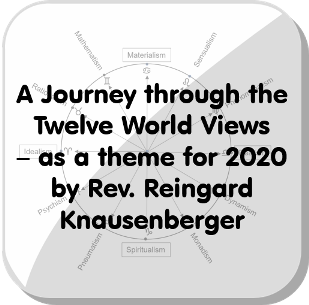
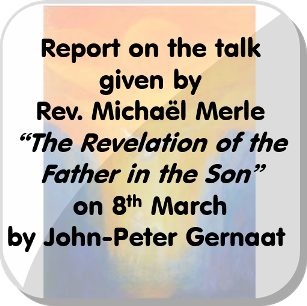
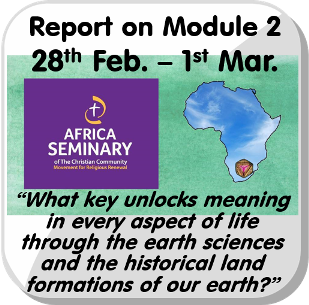
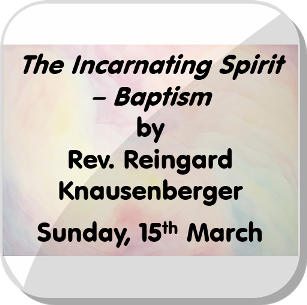
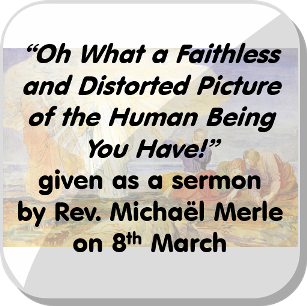
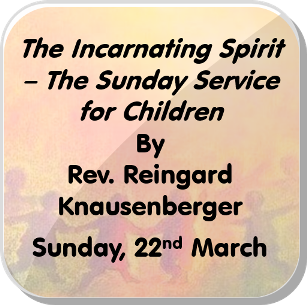
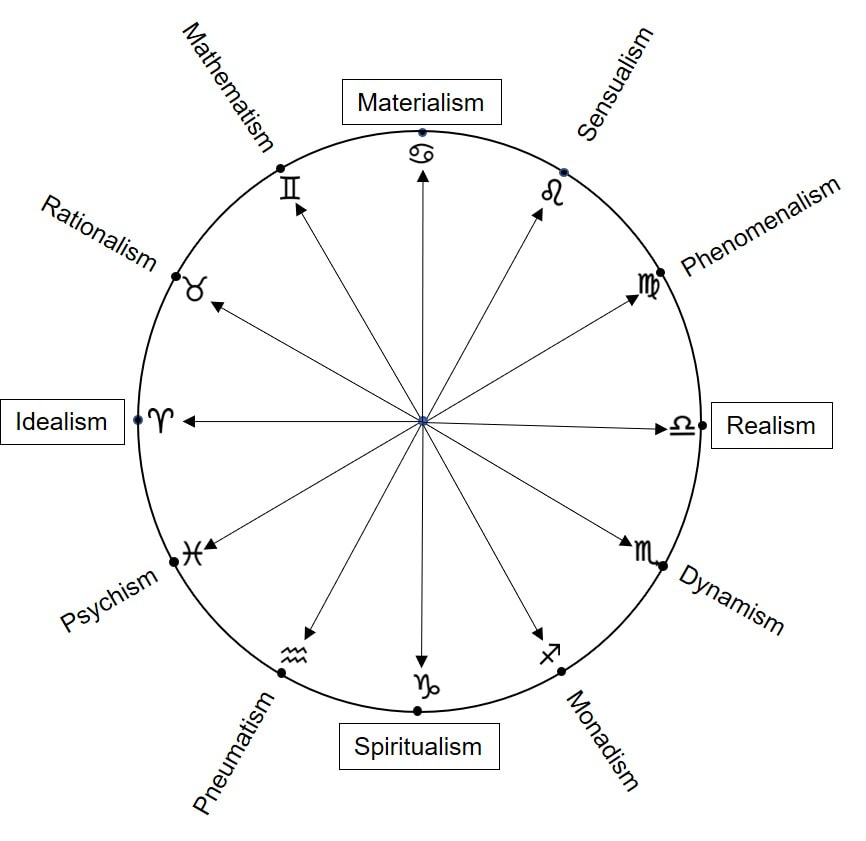
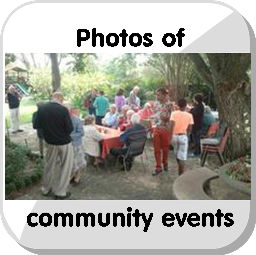
 RSS Feed
RSS Feed